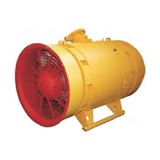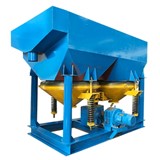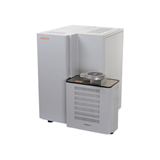CET is internationally recognised for its ability to visualise and understand geological controls on mineral systems as well as the delivery of top-quality applied training programs.
HiSeis specialises in the use of seismic profiling to solve mining exploration problems through acquisition, processing and interpretation, and has provided these services worldwide.
CET Director Professor Cam McCuaig said long-term demand for minerals and the cost of defining these resources continued to escalate as operations focused on deeper exploration and mining.
"There is a pressing need to develop techniques to visualise the 3D volume of rock at depth to remove the risk of these costly exercises," McCuaig said.
"The time for 3D seismic in the minerals industry has clearly arrived, and CET is excited to align with HiSeis to bring about a step change in the effectiveness of the minerals industry to explore and mine at depth."
HiSeis CEO Dr Don Pridmore said the partnership would result in a significant acceleration in the uptake of seismic techniques in the minerals industry.
"CET brings internationally recognised expertise in both the geology of mineralised systems and industry education, critical areas for broadening the application and acceptance of seismic in the mining industry. We are excited about the outcomes of our partnership," he said.
The collaboration will enable researchers to better marry high-resolution seismic techniques with real-world geology, understand the geometric evolution of ore systems and add value in the future application of this technology.
Professor McCuaig said seismic techniques had matured to the point where they were capable of resolving structures and lithological contacts at scales of 10 metres or less, down to depths of 2km or more.
"They are now a natural complement to safe mine design and drilling of exploration targets below cover," McCuaig said.
"Importantly, high-resolution seismic opens up the possibility of ‘life of mine' studies where 3D data is acquired over tens of square kilometres around known mineral assets, accelerating resource discovery, mine planning and improving project net present value."
The organisations will work together to demonstrate the specific benefits that flow from using the seismic method in different mineral provinces. They will develop workflows and technologies to improve the interpretation of seismic data, and offer training and education courses.




